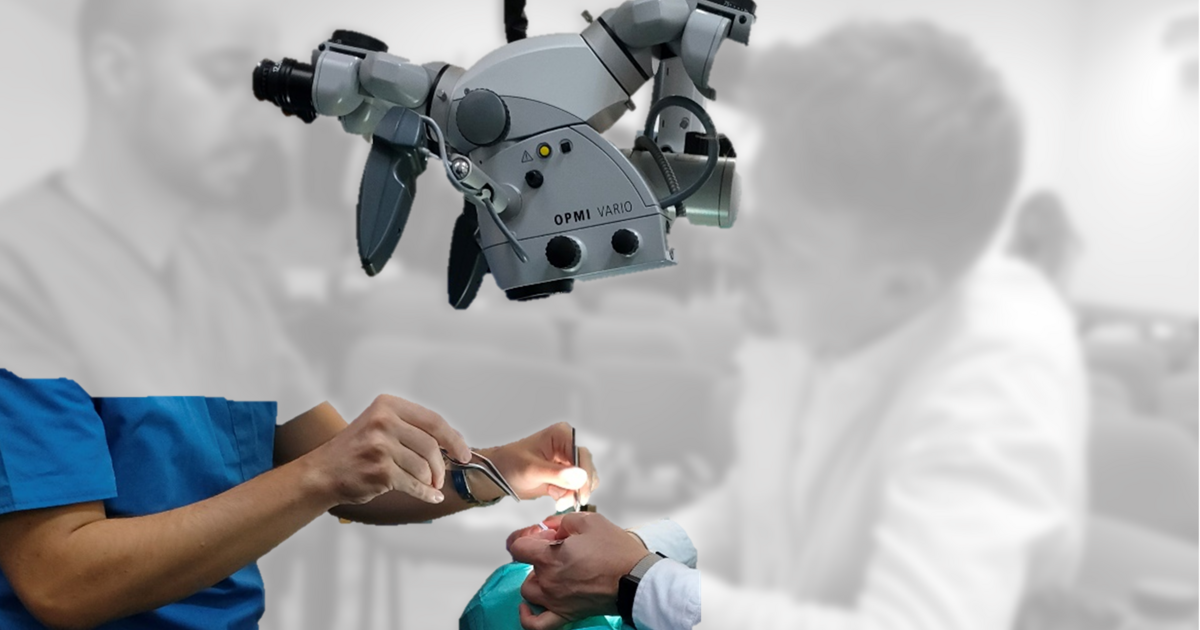(Vienna, January 23, 2024) Scientists from MedUni Vienna, in collaboration with colleagues from Politecnico di Milano, have developed a simulator with which complex aneurysm operations can be practiced or planned. As part of a study recently published in the journal Neurosurgical Focus, the great benefit of this physically available tool was clearly examined and confirmed.
Surgical removal of an aneurysm (clipping) is a delicate and complex neurosurgical procedure that requires precise skills and extensive anatomical knowledge. Innovative training and planning solutions, such as advanced simulators and 3D visualization tools, are critical to providing neurosurgeons with the experience and confidence they need to effectively manage the complexities of aneurysm treatment.
The simulator, which was developed at the Center for Medical Physics and Biomedical Engineering at MedUni Vienna in collaboration with experts from the University Clinic for Neurosurgery at MedUni Vienna and the Department of Electronic Information and Bioengineering at Politecnico di Milano, can be used virtually. (augmented reality) as well as physical (3D prints). It replicates unruptured intracranial aneurysms with high anatomical and tactile accuracy. The physical simulator is manufactured using 3D printing techniques available at the Medical University of Vienna, in addition to 3D printing made of silicone from the Swiss company Spectroplast. The digital simulator is an interactive shear simulator with visualization in augmented reality technology through the use of HoloLens 2 glasses connected to a laptop running a real-time simulation of an aneurysm reaction.
Fourteen neurosurgeons with different levels of experience participated in the study recently conducted by an interdisciplinary team led by Francesco Moscato from the Center for Medical Physics and Biomedical Engineering at MedUni Vienna in close collaboration with Philippe Dodier from the University Clinic for Neurosurgery at MedUni Vienna. Assistant physicians (n = 9) from MedUni Vienna tested the exercise tool on two different days (day 0 and day 14). Based on objective measurement parameters (including video documentation, smartwatch vibration assessment, and computed tomography photon counting), a significant benefit can be derived in terms of active simulation time, clipping attempts, and radiological closure rate during aneurysm operations.
In November 2023, the simulator was included in the Practical Microsurgery Symposium supported by the European Association of Neurosurgical Societies (EANS) in Cluj, Romania. Over 15 students used the simulator and provided excellent feedback on its realistic representation, ease of use and functionality. The use of preoperative planning tools by experienced neurosurgeons is currently being tested, and results are expected in the next few months.
A patent application has been filed for the developed simulator. This effort was funded by AWS Grant No. P2410019-W3G01 titled “Novel Patient-Specific Surgical Simulator.”
Publication: Focus on Neurosurgery
Evaluation of patient-specific physical and augmented intracranial aneurysm simulators on microsurgical cutting performance and skills: a randomized controlled study;
Philippe Dodier, Lorenzo Sevilla, Amar Mallohi, Lucas Haider, Anna Zhou, Philipp Lederer, Wei-Ti Wang, Christian Dorfer, Arthur Hausmann, Karl Rössler, Markus Königshofer, Ewald Unger, Maria Chiara Palumbo, Alberto Ridelli, José M. Frescher, Francesco Moscato
doi: https://doi.org/10.3171/2023.10.FOCUS23640

“Total coffee aficionado. Travel buff. Music ninja. Bacon nerd. Beeraholic.”







More Stories
Wolfsburg instead of Wörthersee: The first GTI meeting starts at Volkswagen headquarters
Pecco Bagnaia (Ducati): Testing on the new Panigale/MotoGP
From autumn onwards, U2 will be playing again at Karlsplatz.